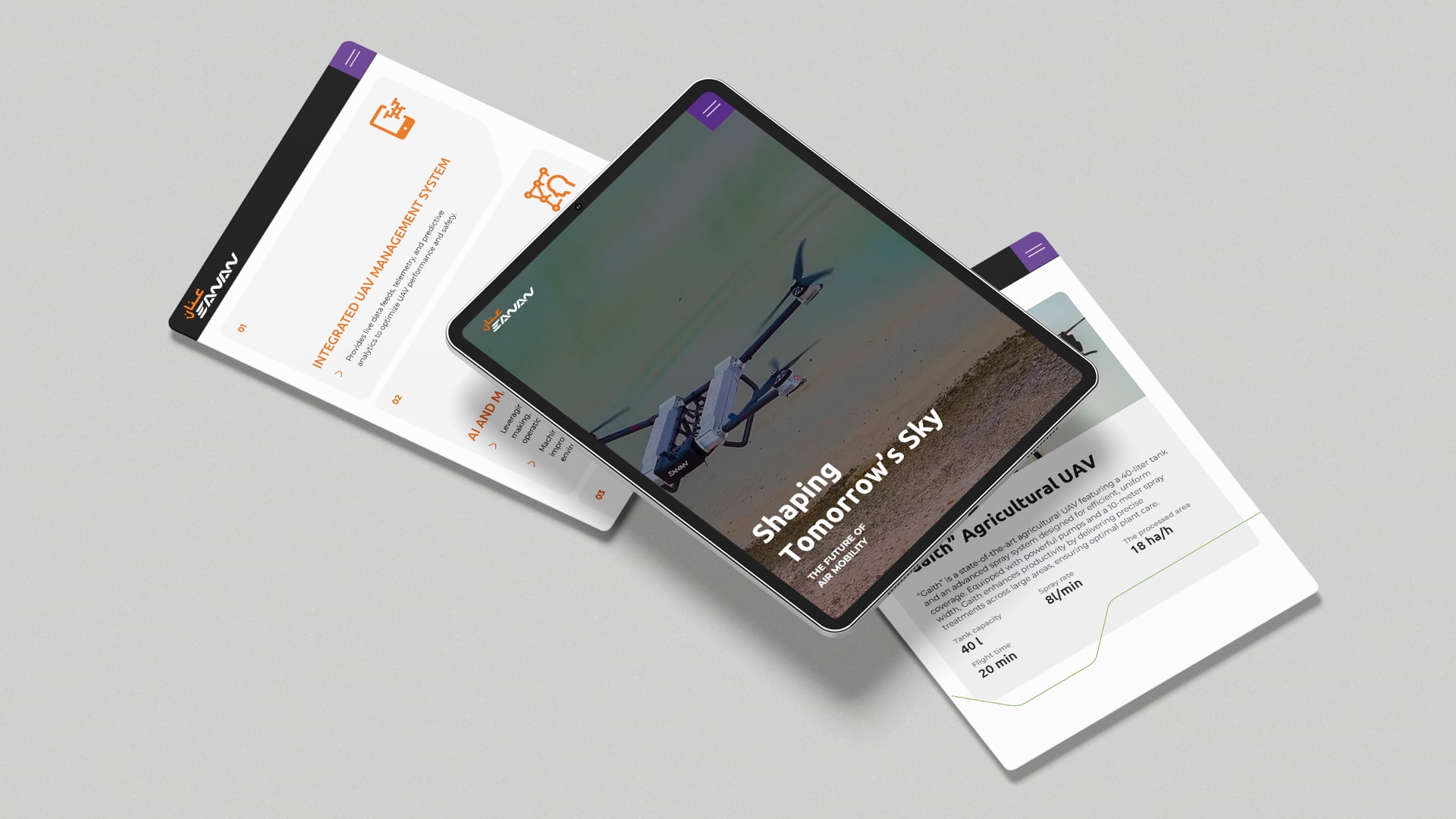Due to the shift to privacy-first marketing, businesses are changing their data collection and usage processes. Companies can no longer rely on old ways of tracking because of privacy regulations, such as GDPR, and user expectations.
That is the need for Google Consent Mode SEO. Search Engine Optimization (SEO) can be a framework for websites to respect their users’ choices, while being able to obtain useful information.
The big question for marketers is: what does this mean for SEO and tracking performance?
In order to arrive at the answer you are seeking, you first need a little understanding of how Consent Mode walks the line of compliance while simultaneously offering the greatest possible benefit for the results you want.
In this blog, we will outline what Google Consent Mode is, how it impacts data collection, and the implications it has for the evolution of SEO.

Google Consent Mode Explained
Google Consent Mode is a system that changes how your website’s tags and tracking work based on what users say they want. It allows Google to model conversions and provide aggregated insights, while still protecting dat privacy and SEO , instead of stopping all data when a user declines cookies.
What It Looks Like in Practice
Consent Mode for website tracking is meant to modify tracking as a function of user preference while allowing for insight collection.
Here’s how it works in practice:
- Integration with consent banners: Consent Mode is implemented directly with your website cookie banner. When a user accepts or declines tracking, the system adjusts your tracking in real time so that the collection reflects a user’s preferences.
- The Advantages of Dynamic Tag-Related Tracking: When a visitor provides permission to your website, Google tags do not drop cookies. Instead, they send small, anonymous signals which allow the creation of a model of conversions, allowing you to see trends in your session data and use reports without storing PI.
The Consent Mode tracks in full compliance with privacy regulations such as GDPR and CCPA. The implementation respects user preferences while still providing valuable signals to the marketing ecosystem.
It is a question of finding a methodological balance between documentation of your SEO efforts and ad tracking and privacy protection for users.
In essence, Consent Mode ensures that marketers can retain valuable reporting data, whilst users still have a say in how their information is collected (data subject privacy). Century consent mode is a fundamental methodology for aligning SEO efforts with data privacy.
Consent Mode Versus Tracking Cookies: SEO
Historically, before Consent Mode, cookies collected user actions on websites and generated a valuable amount of information about user behaviour , and it generally did not align with privacy policy laws.
Today’s privacy policy will make cookies SEO investment less effective.
Key Comparisons
- An SEO-focused cookies tracking methodology provides detailed levels and segmented behaviour data on tracking sites. However, cookies proposed tracking methodologies can create consumer distrust regarding privacy policy.
- Consent Mode gives businesses aggregated or modelled insights, making sure they can still see what’s going on without breaking user trust.
- SEO Without Cookies: Marketers will still be able to use trends to improve their content and track conversions, but they will be forced to do so in a more privacy-conscious way.
This change reflects why Consent Mode is the new standard and is replacing tracking based on cookies.
Some Considerations You Will Want to Take into Account from a Technical Perspective
If your website is tracking a lot of things, you will need to consider some technical changes to use Consent Mode.
Google Tag Manager (GTM) and Gtag make it easy to connect, but ensure you are diligent when configuring them.
Some Significant Technical Considerations
- Tag Adaptation: Consent Mode changes how tags fire according to what the user has chosen, so GTM or Gtag will need to be modified.
- Server-side vs Client-side rendering: There are differences here, as Consent Mode will essentially need to ensure that even server-side data collection will occur without identifiers. Client-side rendering may take a little bit more modification.
- Compatibility: Websites will want to ensure that their cookie consent banners are also compatible with Consent Mode to ensure that preferences are relayed properly.
- Testing and Validation: It’s important to use Google’s debugging tools to make sure that tags respond correctly to user consent.
Businesses can easily add Consent Mode without losing important SEO insights if they take these things into account.
Analytics and Giving Credit
One of the best things about Consent Mode is how it changes how Google Analytics reports and measures things.
When you rejected cookies with traditional tracking, you lost whole chunks of data, which made attribution models incomplete.
Google fills these gaps through conversion modelling in Consent Mode. This ensures reporting stays accurate, even if users opt out of cookies.
Significant Implications for Google Analytics Attribution
- Conversion Modelling uses anonymised signals and then uses machine learning to predict how many conversions will happen.
- Attribution Accuracy helps marketers understand which channels result in sales.
- Privacy-first Tracking delivers useful SEO and campaign data with minimal reliance on individuals’ data.
This approach allows Consent Mode to be an effective connector between protecting the user and providing the business information needed.
Importance Globally and Locally
Using Google Consent Mode is more than just a means to tick a box related to compliance , it is the smart thing to do.
Businesses globally are navigating stricter privacy laws, placed on them by regulators and the increasing expectation from users wanting to know how their data is being used.
Early adopting Consent Mode allows brands to protect their SEO and marketing performance from unexpected shifts. This also indicates to users their choices are respected.
And the SEO impact of Google Consent Mode is equally relevant at a local level.
New digital regulations are rapidly emerging in areas where users may not have previously felt as protected, like the Middle East. Nation-states are coming closer to a global standard on privacy, and businesses that ignore the movement will likely be subjected to fines and reputational risk.
This means there is a need for local knowledge. Partnering with digital marketing services in Dubai ensures your campaigns are compliant and culturally and legally appropriate for residents in the region.
High-Level Points
- Global: Consent Mode provides a means of running your campaign that is compliant in every market – you can run the campaign complying with Privacy Regulation, whether it be in Europe, Asia, or the United States.
- Local: Building more trust with local residents who are becoming more privacy-conscious of their data use and greater awareness of their privacy rights.
- Ready for the Future: Early adopters have an advantage over competitors who still use old tracking methods and could lose visibility as cookie-based SEO becomes less popular.
In short, Consent Mode helps brands stay visible around the world while building trust in their own communities. These are two things that will be important for success in the cookieless future.
The Evolution of SEO Without Cookies
As the industry transitions to privacy-first systems, it is reshaping the digital marketing landscape.
With the gradual phase-out of third-party cookies, we need some reliable alternatives right now. For SEO, cookies are no longer an option; they literally became the primary method for long-term optimization. So in-directly there is no SEO without cookies.
What Will Change Moving Forward
- Consent Mode and server-side tracking will become the norm for cookieless tracking in the industry.
- Trust is a ranking factor: If you’re transparent about how you obtain data, then you will earn more trust from both the user and the search engine.
- Optimisation will improve: Marketers will rely upon modelled insights, first-party data, and tools that protect people’s data.
With this transition to a privacy-first mindset, SEO success will depend less on the ability to track every user, and instead rely on playing by the rules while establishing trust with users.
Closing Thoughts
The inception of Google Consent Mode shows that SEO is not just a method for rule following it absolutely transforms how businesses collect, analyse, and utilize data.
It facilitates compliance with privacy laws while allowing for further reporting value as tags work in ways the user expects.
The framework helps marketers to see the connection between Consent Mode data collection and the impact on Google Analytics attribution, seeing where to balance accuracy and responsibility.
Companies that use it sooner than later will strengthen their future plans balancing SEO and data privacy without losing important details.
In a cookie-less world, it is clear , Consent Mode is the best option.
Brands that use the functionality today will have a level of trust, compliance, and continued performance for years.
Related Post
Publications, Insights & News from GTECH








